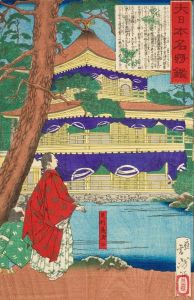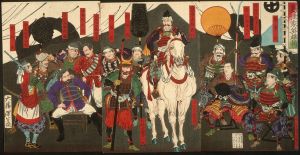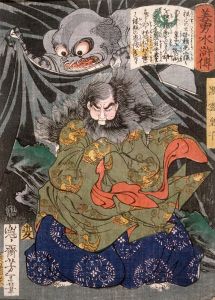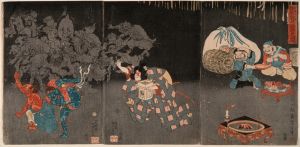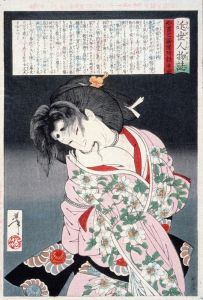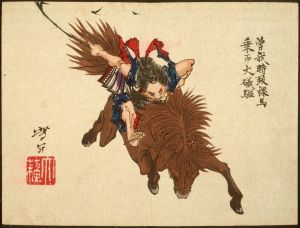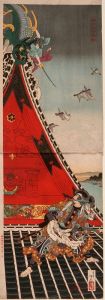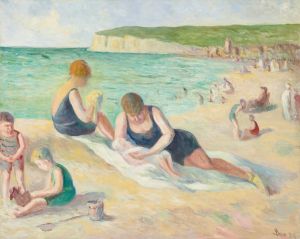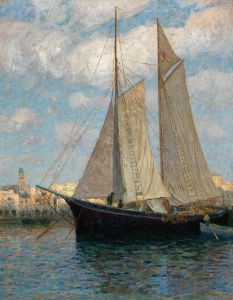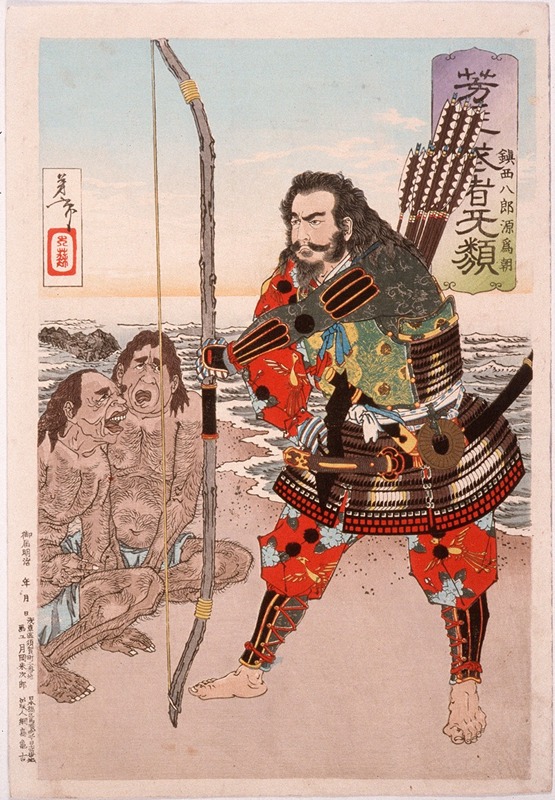
Chinzei Hachirō Tametomo with Two Islanders on the Beach at Ashijima
A hand-painted replica of Tsukioka Yoshitoshi’s masterpiece Chinzei Hachirō Tametomo with Two Islanders on the Beach at Ashijima, meticulously crafted by professional artists to capture the true essence of the original. Each piece is created with museum-quality canvas and rare mineral pigments, carefully painted by experienced artists with delicate brushstrokes and rich, layered colors to perfectly recreate the texture of the original artwork. Unlike machine-printed reproductions, this hand-painted version brings the painting to life, infused with the artist’s emotions and skill in every stroke. Whether for personal collection or home decoration, it instantly elevates the artistic atmosphere of any space.
"Chinzei Hachirō Tametomo with Two Islanders on the Beach at Ashijima" is a woodblock print created by the renowned Japanese artist Tsukioka Yoshitoshi (1839–1892). This artwork is part of Yoshitoshi's celebrated series New Forms of Thirty-Six Ghosts (Shinkei Sanjūrokkaisen), which was published between 1889 and 1892. The series is notable for its imaginative depictions of supernatural and historical themes, blending traditional Japanese folklore with Yoshitoshi's distinctive artistic style.
The print portrays Minamoto no Tametomo, a legendary samurai from the late Heian period (794–1185), who is often referred to by his nickname "Chinzei Hachirō." Tametomo is famed in Japanese history and folklore for his exceptional archery skills and his dramatic life story, which includes episodes of exile and rebellion. In this particular scene, Tametomo is depicted on the beach of Ashijima, an island associated with his exile. He is accompanied by two islanders, who are shown standing beside him. The composition captures a moment of calm, with Tametomo gazing out to sea, evoking a sense of reflection and resilience.
Yoshitoshi's use of color, line, and composition in this print exemplifies his mastery of the ukiyo-e tradition, while also showcasing his innovative approach to storytelling. The artist's ability to convey emotion and atmosphere is evident in the serene yet poignant depiction of Tametomo's exile. The inclusion of the two islanders adds a human element to the scene, emphasizing the connection between the legendary samurai and the people he encountered during his time on Ashijima.
This work is a testament to Yoshitoshi's enduring legacy as one of the last great masters of the ukiyo-e tradition. His New Forms of Thirty-Six Ghosts series remains highly regarded for its artistic and cultural significance, offering a window into the rich tapestry of Japanese history, folklore, and mythology.





